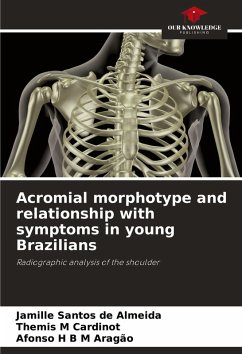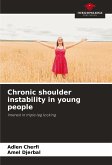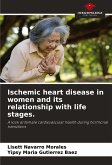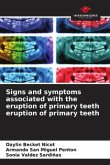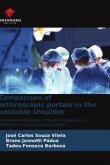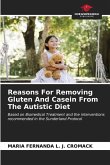A very common cause of shoulder pain is injury to the periarticular structures (bursae, tendons and ligaments) due to successive impact against the acromion (the bony accident of the scapula that forms the lateral end of the shoulder). The shape of the acromion, when very inclined (curved and hooked morphotypes), reduces the subacromial space leading to friction and exaggerated impact of the periarticular structures, which are located in this space, against the acromion itself. Most of the studies that have assessed the relationship between painful shoulder and acromial morphotype have been carried out in European and North American countries, so little is known about the relationship between pain and acromial morphotype in Brazilians. The aim of this study was to draw up a profile of the occurrence of the different acromial morphotypes in young Brazilian adults, aged between 21 and 25, with no previous or current use of the shoulder joint in sports and/or professional activities, so that we can make inferences about the relationship of a particular acromial morphotype with gender, race, dominant upper limb, bilateral symmetry and shoulder pain.
Bitte wählen Sie Ihr Anliegen aus.
Rechnungen
Retourenschein anfordern
Bestellstatus
Storno

